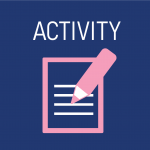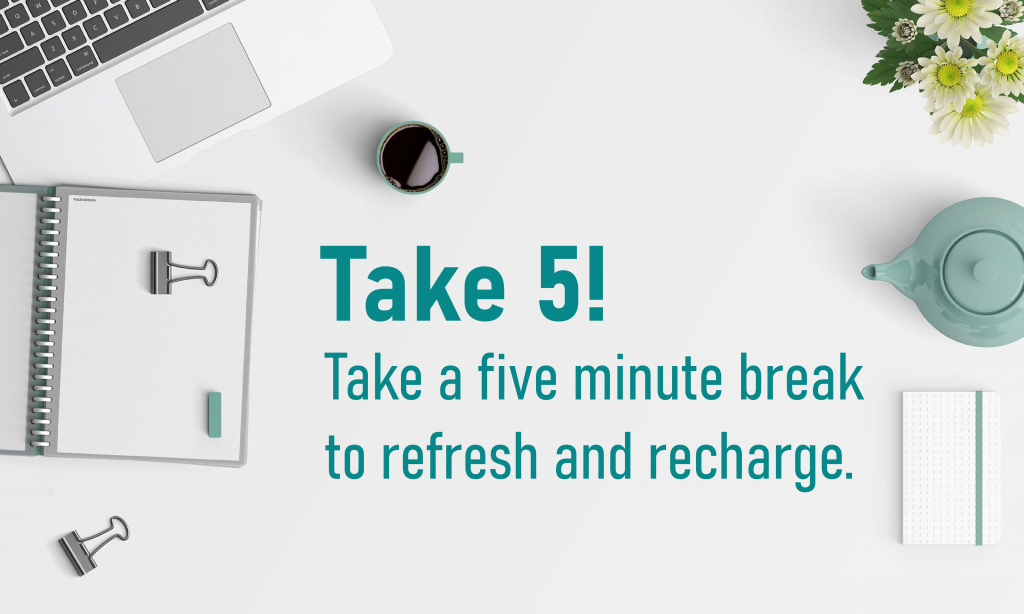Part 2 of 3: Examine your own learning style/s and reflect on what it means for your professional identity

Building on the previous topic, we now move onto the topic of learning styles. Given that the professional placement is primarily focussed on learning, gaining insight into how you learn and process knowledge is an important part of your development. Using principles grounded in education, sociology and psychology, learning processes are commonly known as learning styles. Investigations about learning have uncovered how individuals prefer to learn and how the brain adapts to learn new information (Bogo, 2015; Graf, Viola, Leo, & Kinshuk, 2007). Decades of research has produced many different arguments, interpretations and models to explain various learning styles. However, what can be agreed on is we all have different ways that we prefer to learn (Graf et al., 2007). There is no one right, wrong, best or worst style of learning. Each has positives and negatives. Understanding these brings an awareness of individual strengths and weaknesses. Knowing more about one’s strengths and weaknesses can be useful in making decisions about the future. For example, in planning and choosing an education pathway, work experience and even a future career (Sener & Çokçaliskan, 2018).
Key theories and approaches
While understanding one’s preferred learning style is an important factor in reaching one’s full potential, in terms of this module and resource, it has implications for what kind of learning activities you would like to prioritise during your professional placement. It can also help you understand how you accept and process feedback and how you would handle conflict in practice. To accommodate a learning style, it first needs to be identified. However, it is important to understand there are many models and these often dictate the language around learning styles. As you can imagine this can complicate identifying a learning style (Labib, Canós, & Penadés, 2017).
 Activity 2.2.1– Points to ponder about learning styles
Activity 2.2.1– Points to ponder about learning styles
Take a few minutes to look at a few commonly used learning models before moving onto the next topic where you examine your own learning style.
For the purposes of this module, we will use the VARK model as a self-assessment tool. This is because the resources for this model are the most accessible to students learning online. Remember that identifying your own learning style is not about putting yourself in a box. Instead, it is to help you understand what works best for you in a particular situation, why being comfortable with more than one style can help improve adaptability and what that means for your professional placement experience!
The VARK model
The VARK learning styles model suggests that people predominantly identify with one of four learning styles: 1) Visual, 2) Aural, 3) Read/Write, and 4) Kinesthetic. However, it is important to note that as people progress in their education and career, their learning style may change to become more balanced across the various styles (Jones, Reichard, & Mokhtari, 2010; Mangold, Kunze, Quinonez, Taylor, & Tenison, 2018). The visual style prefers varying formats that include graphs, charts, diagrams, maps, engaging layouts and plans. However, this style does not include videos and pictures. Learning is not visual simply because knowledge is being delivered using a screen. The Aural learner prefers listening, discussing, talking, questioning and recalling. A Read/Write learner has a preference for printed words. These can be in the forms of lists, notes and handouts. The Kinesthetic learner uses their senses, practical exercises, examples, case studies and trial and error approaches. They link experiences with information to help them learn (VARK Learning Limited., 2021).
Activity 2.2.2 – Self-Assessment and reflective exercise
![]() The next part of this resource enables you to identify your own learning style. Take a few minutes to complete the quiz. You will need this for the next part of the module.
The next part of this resource enables you to identify your own learning style. Take a few minutes to complete the quiz. You will need this for the next part of the module.
At this stage you should have identified your preferred learning style. Consider the following questions before you continue:
- Do you have one learning style or more? What are some of the situations where your learning style may vary? Why?
- Can learning styles change? What factors may contribute to this?
- Think of a time where you may have used a learning style to examine or explore a topic. How might that experience help your placement?
 Activity 2.2.3 – Points to Ponder about learning strategies
Activity 2.2.3 – Points to Ponder about learning strategies
Now take the next few minutes to familiarise yourself with the various learning strategies relevant to each learning style.
A Caveat: Regardless of how well a person understands their learning style and the activities necessary to achieve their potential, a complete and personalised match between learning style and learning activities may not always be possible (Blaschke, 2018). Additionally, it may be difficult for someone to identify or know about the various resources available for learning (Deschênes, 2020). When these difficulties occur, it is helpful to know that learning can also be an integrative experience. Trialling various learning environments and using a range of learning styles can increase capacity and equip you with the skills necessary for the workforce. Doing this well requires collaboration, effective communication, creativity and critical thinking (Blaschke, 2018).
With this in mind, if you are on your first placement you may be only beginning to understand your personal learning style and may benefit from high levels of collaboration and communication with your supervisor to establish learning activities that focus on your strengths and build confidence.
You are encouraged to use the insights from the above activities to inform the conversations around appropriate learning activities at your placement. Research shows that students whose learning environment is suited to their learning style may experience greater academic success and graduate, and be better able to meet the demands of their chosen discipline (Hawk & Shah, 2007; Jones et al., 2010). Do however keep in mind that participating in learning activities that compliment your learning style while on placement must also consider the professional context and the resources available in a host organisation.
We now come to the end of the Examine part of this module. The next section focusses on bringing what we have covered together in the form of the first two pieces of documentation (or assessments if you are a USQ student).


